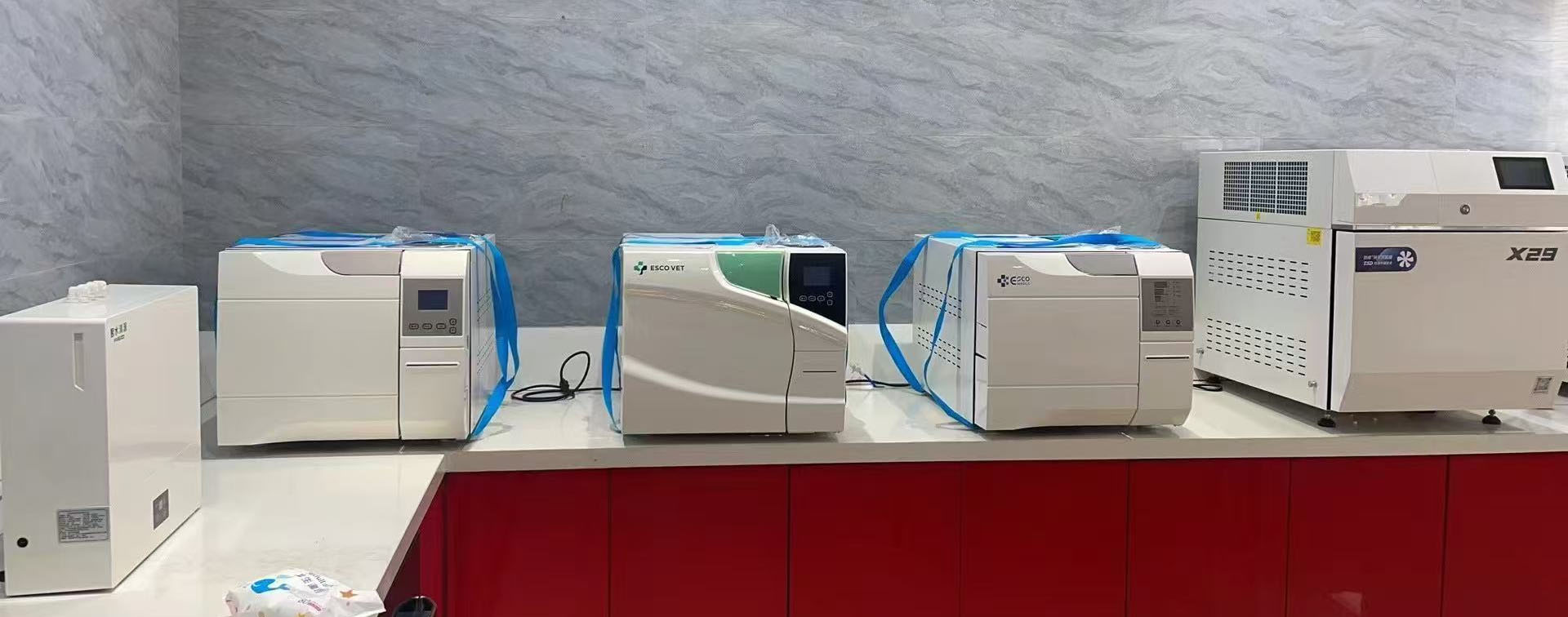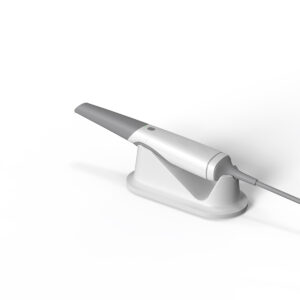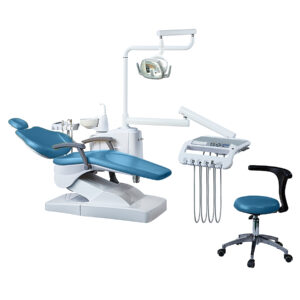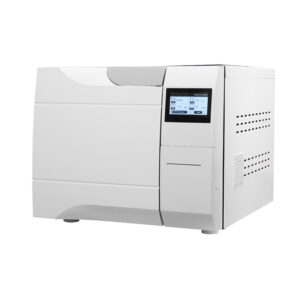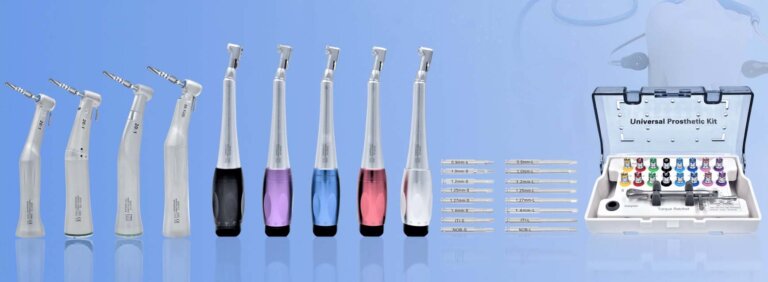Do You Really Understand High-Pressure Steam Sterilizers?
High-pressure steam sterilizers perform sterilization by utilizing electric heating elements and are widely used in various settings. They heat water to a certain temperature, transforming it into steam.The steam rapidly displaces the cold air in the chamber through the exhaust valve (as shown in the diagram below). The system expels the cold air, closes the exhaust valve, and continues heating. At this point, since the steam cannot escape, the pressure inside the sterilizer increases, raising the boiling point and achieving temperatures above 100°C.
The high-temperature steam contacts the surfaces of the items, causing the proteins in bacteria to denature and effectively killing the bacteria and viruses. The process destroys most bacteria in an environment above 121°C within a specific timeframe. Since the first pressure steam sterilizer was produced in 1880, pressure steam sterilization technology has gradually become one of the most reliable methods of sterilization, widely used in research institutions, laboratories, hospitals, pharmaceutical companies, and food enterprises.
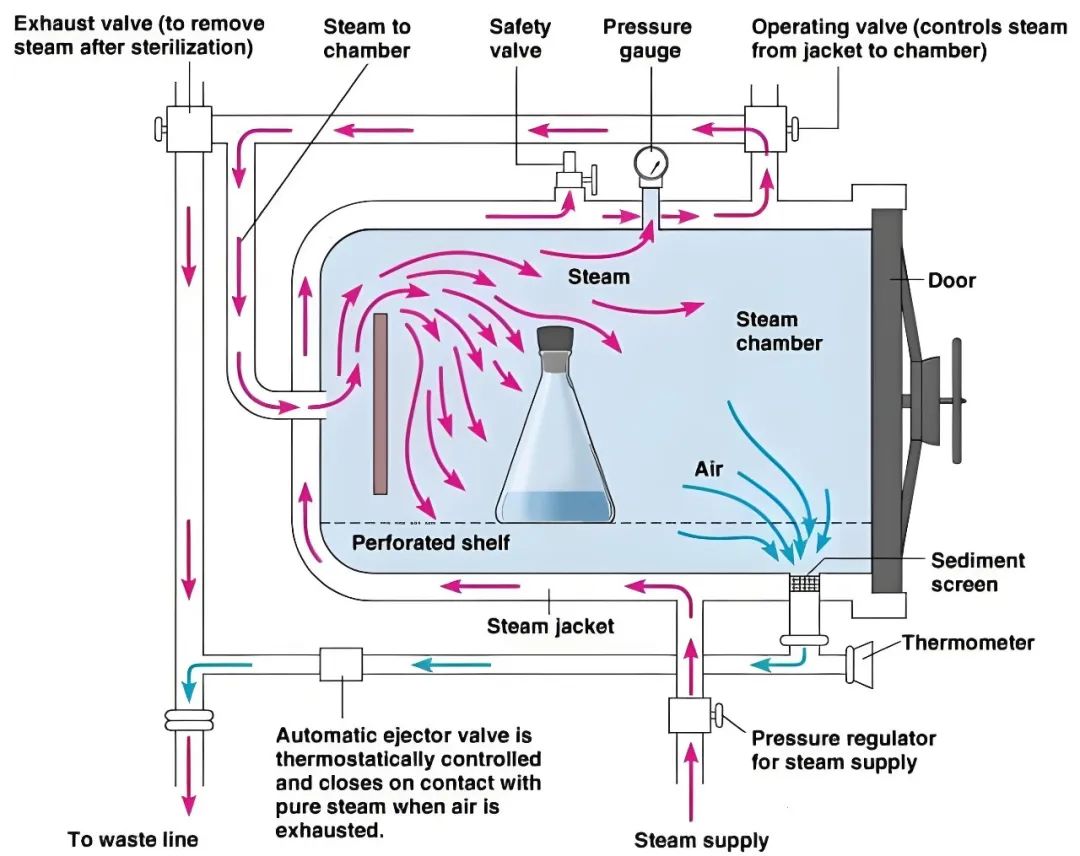
Class B Autoclave And Their Advantages
Class B autoclaves are the top standard in steam sterilization, ideal for medical, dental, and laboratory use. Their vacuum system ensures complete sterilization, even for porous or complex items, providing precision and reliability in healthcare and research settings.
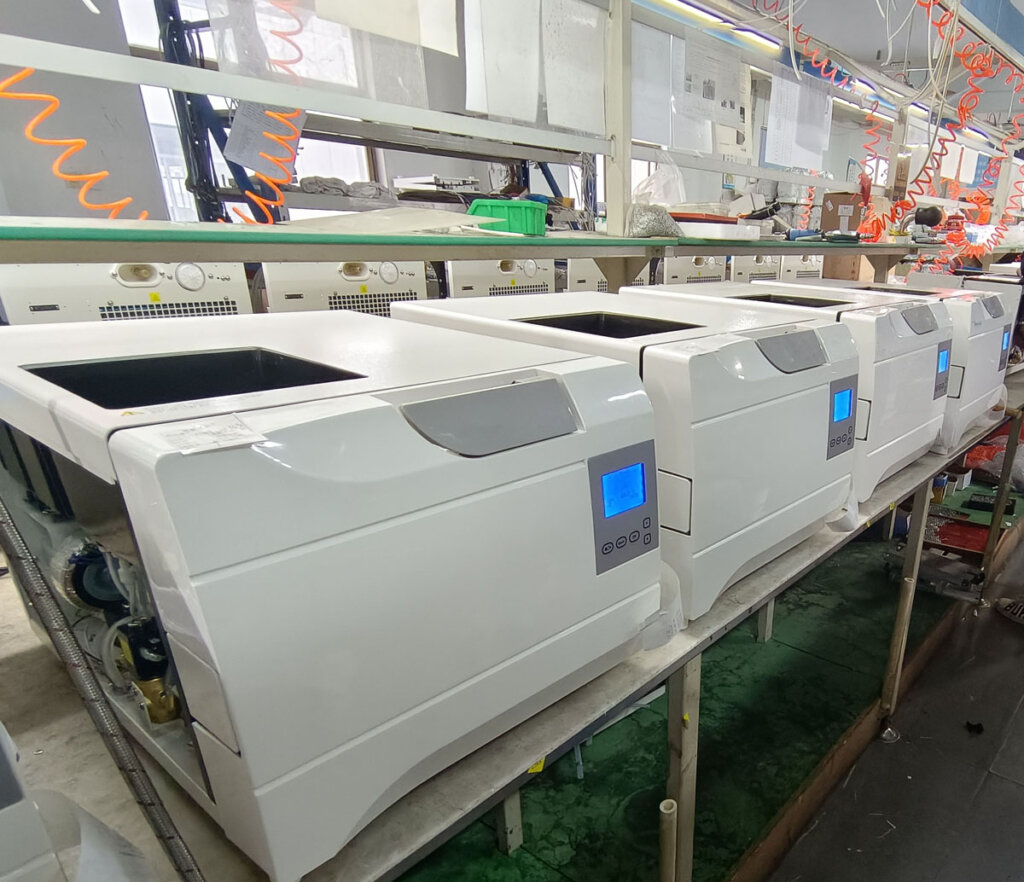
Vacuum Function
Class N models, Class B autoclaves use a vacuum to remove air from both the chamber and items, ensuring thorough steam penetration for sterilizing porous materials and complex instruments.
Steam Penetration
The vacuum in Class B autoclaves ensures complete steam penetration, even for items with air pockets or intricate designs, such as tissue culture flasks, pipette tips, and animal cages. In medical, dental, and laboratory settings, professionals thoroughly sterilize items, ensuring everything is fully sanitized and safe.
Versatility
Class B autoclaves are highly versatile, ideal for sterilizing solid instruments, porous materials, and complex devices in hospitals, dental clinics, and laboratories. They are the preferred choice for comprehensive sterilization.
Standards Compliance
Class B autoclaves meet strict international standards, including EN 13060 for small steam sterilizers, ensuring top sterilization efficacy and safety for modern healthcare practices.
Efficiency and Environmental Considerations
Modern Class B autoclaves combine superior sterilization with energy and water efficiency. Many models feature eco-friendly technologies that reduce environmental impact while ensuring optimal performance, making them essential for both clinical excellence and sustainability.
Class N Autoclave And Their Advantages
Class N autoclaves, or gravity displacement autoclaves, are a cost-effective choice for sterilizing simple items without complex designs. Their reliable, straightforward design makes them ideal for environments with basic sterilization needs.

Steam Generation and Circulation
Gravity autoclaves work by introducing steam into the chamber, displacing air through exhaust valves to create a steam-saturated environment. This ensures thorough sterilization by allowing steam to permeate all items, eliminating air pockets that could affect the process. This method is key to the consistent performance of gravity autoclaves.
Limitations
Class N autoclaves have limitations, as they lack a vacuum phase, making them ineffective for sterilizing porous materials, multi-layered items, or hollow devices with lumens due to steam penetration challenges.
Standards and Regulations
For stricter sterilization standards, such as in healthcare and advanced labs, experts recommend Class B autoclaves. Their vacuum-assisted air removal ensures thorough sterilization of porous, wrapped items, and instruments with internal channels.
Versatility
N-type pressure steam sterilizer: Before steam disinfection, the disinfection pot does not undergo a vacuum pumping process. As a result, it cannot perform pre-vacuum treatment. It is only suitable for disinfecting general solid metal instruments.

